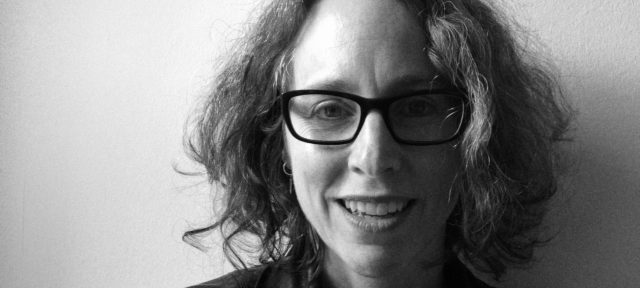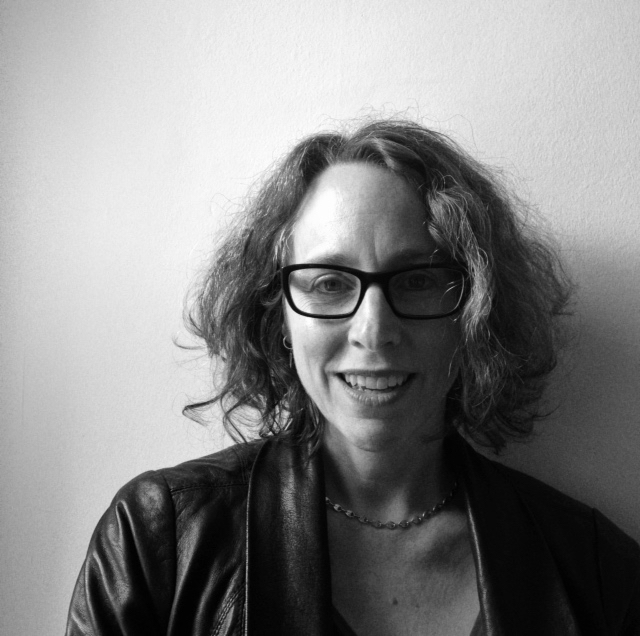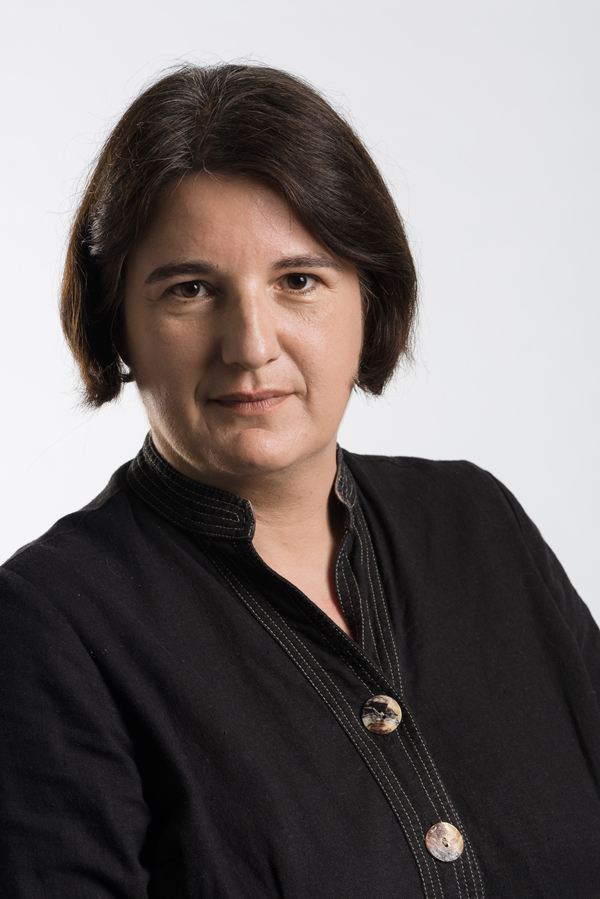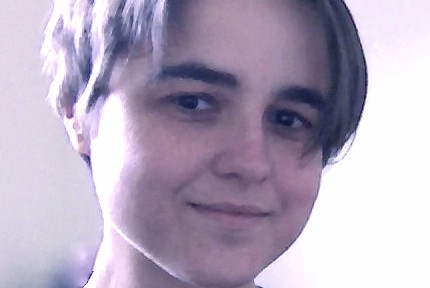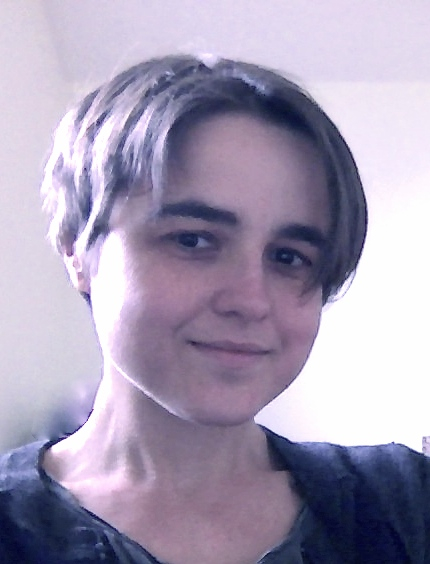Professor Almuth McDowall (Department of Organizational Psychology) shares her research into worklife balance and calls on employers to take responsibility for their organisation’s culture.

There is much being written and said about the ‘always on culture’ and how we are increasingly glued to our digital devices – whether at work or at home. Some of my own research has also concerned itself with this topic. My colleague and friend Gail Kinman and I had the results from a practice survey published in 2018 as we wanted to know what organisations are doing about the changing world of work, and the use of information and computer technology.
Well, precious little is the answer. Over half of our respondents said that their organisations don’t have a relevant policy in place and don’t offer any guidance or training. Somewhat worryingly over 40% thought that it should be up to individuals to manage the issue, rather than their line managers or human resources.
Why would people choose to be ‘always on’ outside formal working hours?
Working unpaid during leisure time does not make logical sense! We gift the UK economy billions in unpaid overtime year on year, as research by the Trade Unions Congress has revealed. Our systematic review with colleagues Svenja Schlachter, Ilke Inceoglu and Mark Cropley pointed to a complex picture.
People have different motivations, influenced by issues such as what everyone else does (social norms), what the expectations in the job are, how committed people feel to their job, how they value ‘switching off’ and recovery and whether this is supported in their environment. One key issue which came out of this review is the ‘empowerment enslavement paradox’. Our digital devices are both an enabler, as they afford flexibility, but also ‘digital leash’ as it’s difficult to say ‘enough is enough’ and switch off. As we all know, screen-time can be very seductive.
Is there any evidence that being ‘always on’ is bad for our health?
A recent econometric analysis shows that ICT infrastructure has a positive impact on population health (the authors measured general health outcomes such as infant mortality etc.). Regarding the impact of social media use, there is evidence that high use is linked to poor sleep quality, anxiety depression and low self-esteem. Of course, such studies cannot tell us whether teenagers who are highly anxious to start off with are more likely to be prolific users.
There is far less robust evidence on the exact effects from the world of work – what happens to you if you are on your phone, tablet or laptop near 24/7? We lack good research to tell us what the exact effects are.
What we do know though is that we need recovery and respite, our systems are simply not programmed to be on continuous overdrive. We also know that leisure activities which are quite different from our work tasks are better for our recovery than doing more of the same. I take this to heart. For instance, I find that reading at night doesn’t help me switch off as academics read rather a lot at work, so I take ballet classes online (and am known to teach the odd one myself!), knit and crochet.
What can organisations do?
Employers have a duty of care and should ensure that people are not overworked and can switch off. Worklife balance research tells us that those who live ‘enriched’ lives have better mental and physical health, important for them, and important for their employer. We should actively support employees by ensuring that:
- A worklife balance policy is in place as a point of reference; then check processes and structures against this policy
- Employers review job design and ensure that digital tasks (checking and responding to emails, synchronising devices, remote calls and conferences) are actually captured in people’s workload and tasks – these often fall off the radar
- There is consultation to ask employees what they need – mutually negotiated boundaries and solutions work much better. Think creatively about flexible solutions!
- Everyone, including senior leaders and managers, role models good behaviours. People need time to switch off, so don’t expect your staff to be available outside normal working hours
- Staff are offered training and development. Managing in an increasingly digital workspace requires up-to-date management and leadership skills
- Employees look out for implicit expectations and ‘rumours’. “I check my emails on holiday because this is what is expected of me”. Really? Question such assumptions as they can often take on a life of their own
Finally, if in doubt, ask a psychologist. The Department of Organizational Psychology is keen to work with organisations to establish, consolidate and evaluate best practice.

